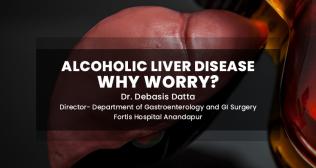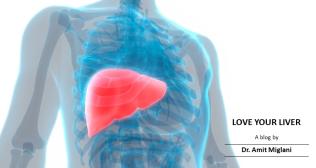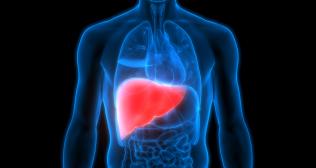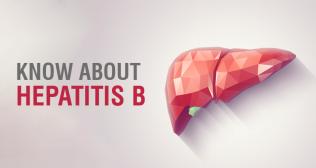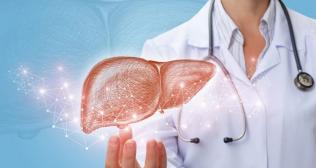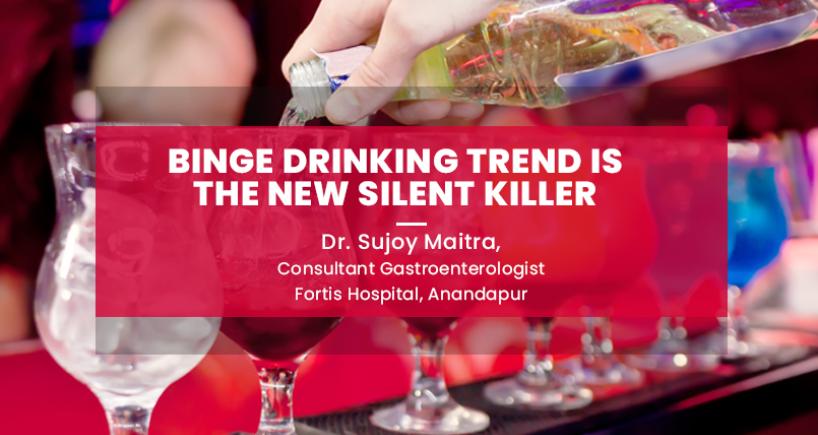
Gastroenterology and Hepatobiliary Sciences
Binge Drinking Trend Is The New Silent Killer
admin Aug 11, 2023
Come weekends and all the pubs, lounges and city restaurants see find a long queue of youngsters ready to party the night out. The young millennial population of today believes in the call “Work Hard and Party Harder” and to party harder, alcohol has become an irreplaceable part. A few years down the line, this same population ends up at hospital billing queues waiting for their chance to enter the doctor’s chamber. A majority of people nurture an incorrect notion that alcohol does not pose a threat if they do not drink on a daily basis. Truth is that alcohol may cause harm even if taken once in a blue moon but in excess.
Binge drinking or consumption of alcohol is a growing trend among millennials for some years now. To understand what excess consumption is, it is imperative to understand the safe limits of alcohol that one can consume. Safe limits in a week are considered as 21 units for men and 14 units for women but it is restricted to only 5 units for a single session. The actual measurement of these units can be explained by the calculation that 8gms alcohol is considered is 1 unit. Generally, hard drinks like whiskey, rum, and vodka contain 40 percent alcohol i.e. 40gms alcohol in 100ml. This means one unit of such drinks would be 20 ml. Therefore the limit one should consume in one session is 100 ml ie.5 units.
This growing trend of party binging is leading to a dreadful health condition called Pancreatitis. In this condition, the large gland called pancreas, sitting behind the stomach is acutely swollen and releases virulent toxins all over the body. These toxins damage different vital organs mainly lungs and kidneys and if the damage is beyond repair, it can also turn fatal. Death rate from acute alcoholic pancreatitis is still quite high despite best of management.
As per WHO statistics, approximately 25% of the total deaths are alcohol-attributable in the age group 20 – 39 years.








